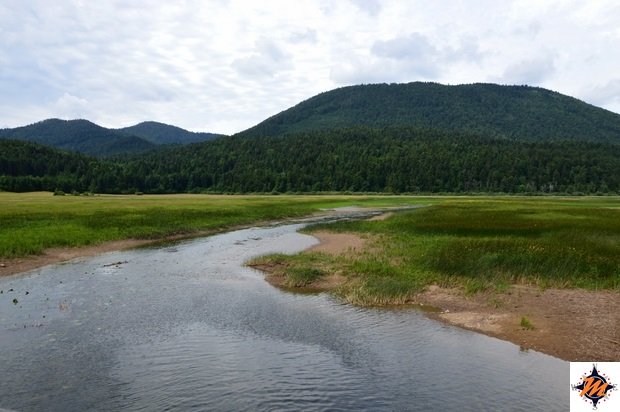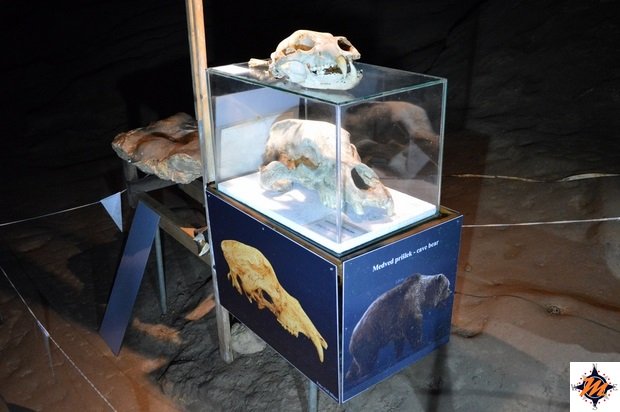
There are places that change with the trend of the seasons, places that change skin in different periods of the year. One of these is Lake Circonio (or Cerkniško jezero), in Slovenia, in the Notranjska Regional Park. A bit like a lake of witches this body of water disappears and reappears, cyclically. Not for a particular spell but for a recognized karst phenomenon that leads the lake to fill with water in autumn and empty itself in spring, conditions that make this one of the most important areas of the country in terms of flora and fauna. In fact, this is an area known above all for the aquatic birds that nest or find shelter here during their crossings. Just think that two-thirds of Slovenian birds can be admired here.

I had the opportunity to visit Lake Circonio in the middle of summer. Almost no trace of the lake, just a wonderful lawn as far as the eye can see, which is well suited to being discovered by mountain bike. The dirt roads that surround this basin offer splendid panoramic views of the whole area and the deep swallowing that represent some of the most evident karst elements. The routes are simple and suitable for everyone, often long stretches in the plain alternate with short ascents and descents where a pinch of attention never fails. What is certainly striking is the green landscape, it is no coincidence that the protected area is located in the heart of the area known as the Karst Green.
Lake Circonio is not the only attraction of the Notranjska Regional Park. I have combined his visit with that of the Križna Jama caves, a series of underground cavities over 8 km long. Open to the public, they host a limited number of annual visitors. Do not imagine these caves like those of nearby Postojna. There there is even a train that leads into the heart of the underground world. There are no concrete paths here and the tunnels are not illuminated. That's why before entering I received rubber boots and a flashlight.

There is the possibility to choose between three types of visits, one shorter of one hour, another longer of about four hours, but valid for groups up to a maximum of four people, and one complete. Although time is not excessive, even the shortest route allows you to know important aspects of this complex. Limestone formations here grow very slowly (0.1 mm per year) and must be preserved in order to avoid irreversible damage. The Križna Jama caves are best known for their underground lakes. There are 45 of them. The shortest visit includes the crossing of a lake, four hours thirteen hours, twenty hours in the complete route. Guides take care of visitors by transporting them on an inflatable boat from side to side through the rock formations. The caves are home to various animal species and to date 45 underground species have been discovered, such as small crustaceans, molluscs, spiders and even a crab of earth. There are also animals that populate the caves in limited periods, especially bats. Another peculiarity is that Križna Jama was once inhabited by the fearsome cave bear. The first discovery by Aleksander Skofiz dates back to 1847, while in 1878 excavations brought to light more than two thousand pieces of remains. A part, a skull, is visible in a shrine along the first part of the galleries. The man also used these caves as a hiding place. Archaeologists excavations have brought to light various ceramic objects, the oldest of which are 5000 years old.
